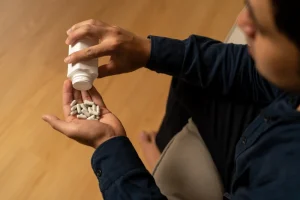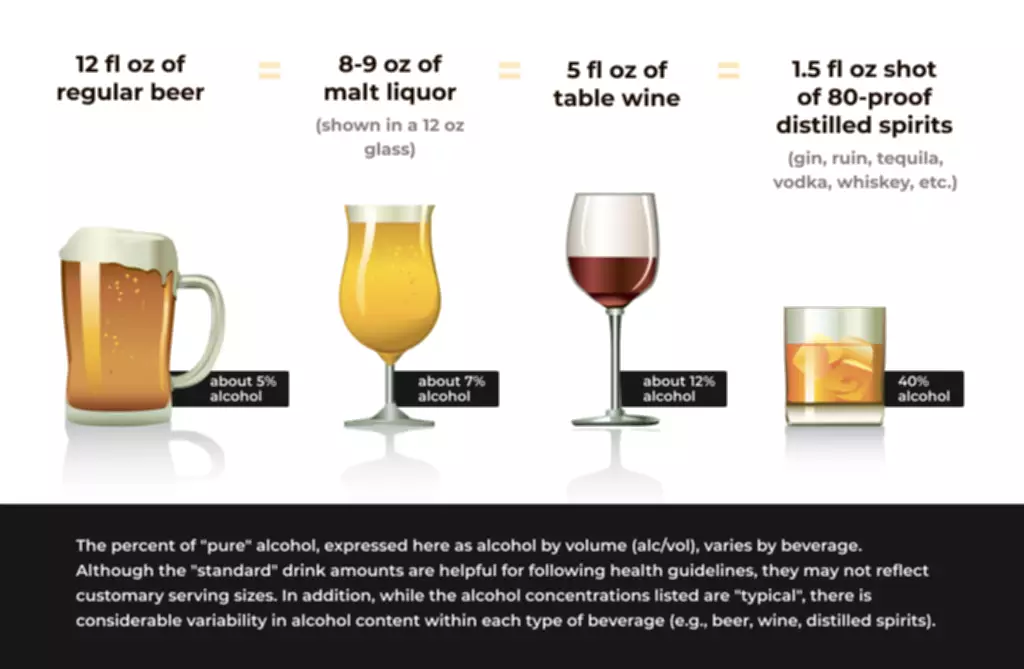These homes focus on creating emotional stability for residents through established routines, including regular therapy sessions and peer support engagements. By fostering a sense of community, sober living homes allow individuals to connect with others who share similar recovery goals, enhancing their chances of sustained sobriety. Sober living facilities exist to help bridge the gap between attending a rehab program and independent living. Yes, many sober living homes cater to distinct demographics, focusing on gender, age, or specific recovery needs. For instance, certain homes may design programs for young adults or women, thereby fostering a comfortable environment that resonates with those populations. This demographic focus helps enhance the community experience, building stronger social networks and peer support systems vital for recovery.
Sharing your insights and experiences can help others learn more about this rehab center. This is one of a very very few places who do it right.One month programs are largely useless, and the relapse rate here speaks for itself.And it is free! And, oh yes, understand that one star ratings here come from the kids, that just started the program. It takes at least half a year to turn them around, and not everybody will make it. Group therapy is any therapeutic work that happens in a group (not one-on-one). There are a number of different group therapy modalities, including support groups, experiential therapy, psycho-education, and more.
Atlanta Recovery Place
Residents who adhere to house rules and engage actively in community recovery efforts often benefit the most. Structured support offered by sober living homes is designed to enhance residents’ recovery journeys, facilitating a successful transition back into society while emphasizing accountability and community support. Sober living houses and halfway houses are often used interchangeably as they both provide a substance-free living environment for those suffering from addiction. Differences between the two can stem from funding, length of stay, and requirements to apply to live there. Sober living homes typically do not limit the length of stay and may not require previous attendance in a formal addiction treatment program.
New Season Columbus Metro Treatment Center
Unlike halfway houses, sober living https://www.inkl.com/news/sober-house-rules-a-comprehensive-overview homes typically provide voluntary residency following intensive treatment programs. Residents often enjoy greater independence while adhering to house rules designed to maintain sobriety. Sober living homes can offer numerous benefits to individuals in recovery by providing a structured and supportive environment that emphasizes abstinence from substances. They allow residents to engage in community activities, share experiences, and develop relationships that promote accountability. Research suggests positive outcomes, particularly for those participating in 12-step programs alongside life skills training. The average stay in sober living homes typically ranges from 166 to 254 days.
For Treatment Providers
This option may not be ideal, but seeking out a loan can be helpful if you move forward on your path to sobriety. A sober living facility is a residential accommodation where individuals recovering from substance use disorders can live in a structured, supportive and substance-free environment. The length of time that a person lives in a sober living facility varies based on their unique needs and progress on their recovery journey; however, the average length ranges from 6 months to several years. Some homes require you to commit to living in their facility for a certain length of time.
- Of the roughly 2,000 people who entered the Sobering Center last year, about 250 became holdovers waiting to go to rehab.
- Another option would be to finance your stay at a sober living facility.
- This residential facility serves 86 adolescents and their families in upstate New York.
- The average stay in sober living homes typically ranges from 166 to 254 days.
- Insurance plans do not cover most sober living homes because they do not provide treatment services.
- When you have to change your habits, friends and social connections, it’s easy to feel lonely.
We accept most major insurances
Substance rehabs focus on helping individuals recover from substance abuse, including alcohol and drug addiction (both illegal and prescription drugs). They often include the opportunity to engage in both individual as well as group therapy. Opioid rehabs specialize in supporting those recovering from opioid addiction. They treat those suffering from addiction to illegal opioids like heroin, as well as prescription drugs like oxycodone.
Insurance
- These homes can offer an in-between option for individuals after they complete a treatment program and before they return to their homes and lives.
- One thing that can save lives are sober living homes that give people spaces and tools to start a life of recovery, but these homes aren’t always welcomed by the community at large.
- This approach aims to address both addiction and the emotional challenges that come with getting sober.
- Genetic factors may be at play when it comes to drug and alcohol addiction, as well as mental health issues.
Sober living homes are equipped with plenty of resources to help you find and maintain a job or continue working toward your educational goals. The benefits of sober living extend from interpersonal relationships to less risk of relapse. Taking the step to join a sober living facility can help you feel comfortable, inspired by your community and at peace as you move forward in your sobriety. In summary, sober living homes effectively support individuals in recovery, helping them integrate their treatment experiences into daily life while navigating the transitional phase post-rehabilitation.
What rules and structures are typically found in sober living homes?
Understanding the financial obligations and exploring all potential funding sources are essential steps for individuals considering sober living as part of their recovery journey. Insurance coverage for sober living homes is generally limited since they are not classified as formal treatment programs in most policies. While some plans may cover outpatient treatments like therapy, residents often find themselves responsible for the majority of their living expenses. Government assistance, such as HUD grants, may provide support, but availability often falls short of meeting demand for sober living homes. Transitioning from a rehab program to integrating back into the real world can be challenging.
How to Stay Sober During High-Stress Situations
Additionally, the structured environment helps individuals develop healthy habits, manage responsibilities, and restore damaged relationships due to substance use. Residents often engage in group therapy, life skills classes, and community activities, which foster a sense of accountability and mutual support. When you choose drug rehab in New York, you’ll participate in a variety of treatments that are designed to help you live a drug-free lifestyle. Common methods of treatment include group, individual, and family counseling, medication management, nutrition, exercise, and management of co-occurring mental health disorders. One thing that can save lives are sober living homes that give people spaces and tools to start a life of recovery, but these homes aren’t always welcomed by the community at large.
Adult men and women in Atlanta, Georgia are creating new lives in recovery through the supportive transitional housing and comprehensive recovery services of Sober Living America (SLA). The program bridges the gap between treatment and independent living giving residents the tools and community support needed for lasting sobriety. Residents may face challenges such as limited privacy and potential conflicts with housemates.






.jpg)
.jpeg)
.jpg)

























